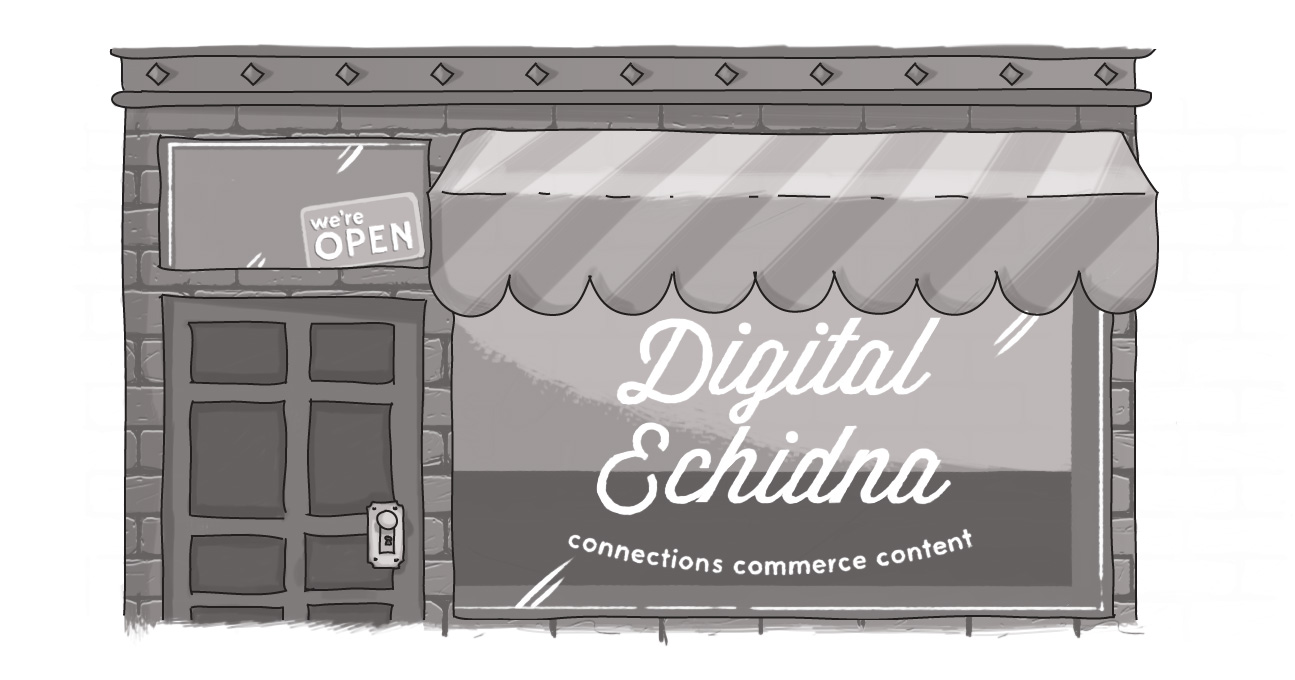Delivering on your Customer's Expectations? That's music to their ears

Focusing on delivering upon the expectations you have set for your customers is music to your customers' ears. But focusing on your own internal beliefs to the exclusion of customer's desires? That's a sure-fire way to hit a sour note.
It all started with a flood.
No, it's not that story, but hear me out.
About a dozen years ago, a water pipe burst in my basement. Unfortunately, I didn't find out for a few hours and by the time I got home, there was water everywhere. Including my vinyl collection.
The funny thing about plastic album covers is that as great as they are at keeping out dust, they're even better at trapping water in.
So, I lost my vinyl collection that day. I really hadn't played an album for years, so I didn't mourn the loss too greatly. Until recently, when my partner bought me a new record player as a gift.
And -- as many men my age are wont to do -- my quest to buy back my youth began.
Which brings me to the point of this post. A few weeks ago, I was walking to work when I saw a coveted album sitting in a shop window. The shop belonged to a start-up, micro business in an incubator. I like to support small and local when it makes sense, and this seemed to check off all the boxes: local, sole proprietorship, start-up, coveted item. The only thing I didn't know was the price, but even then I would likely pay a little more considering the aforementioned checks.
But I never got that far.
"I'd like to buy this."
"Oh, that's not for sale."
"I'm sorry?"
"Yeah, that's kind of a feature item that we use to draw people into the shop."
"But it worked. And I'm here. And I have money. And I want to buy it. Isn't that the point."
"Hm..... well... No."
As I walked away, he called after me, asked for my card, and said he'd call if he reconsidered selling in the future when the changed the window display.
I was flabbergasted. And, a few days later, my partner's mother went to the same store to try again. No luck. In the end, they went to a competitor's store down the road.
So there was an opportunity lost. Not only did that vendor miss out on a sale (a not insignificant amount for a startup), but he's going to miss out on future business. I know I'll take my business some place that actually wants it. And the people I've told this story to have been incredulous.
And here's where we get to the lesson.
The goal in any business is to provide your customers with satisfaction -- giving them the right service in a way that best fits their needs. It's a challenge we face all the time developing web architecture -- and it's why focusing on the client first and foremost is the only way to go. It's not enough to draw them in with flashy design if it's built on false pretences -- and those pretences don't have to be nefarious, but they can be caused by lack of understanding and information.
We toss around terms like client-centric or client-focused fairly frequently, but at their root all that means is ensuring that the customers' needs, behaviours, and interactions are at the fore of our design.
It sounds simple, but it's often not.
Unfortunately the business world often thinks it knows better than its customers what its customers want. It's not a new issue and I've been guilty of it in the past as a corporate communicator. We get focused on our own internal terminology, jargon, and structures and expect those to be imposed on the world around us.
Instead, the opposite should be the rule. Empowering your customers to help define your messaging and its delivery is incredibly powerful. And it should be at the core of your business -- after all, you may have a product, but it's the customer who must determine its needs and desires.
So how do you do this? Simple. Ask.
We've discussed the value of surveying in the past and there are many ways to do that. Card sorting exercises as part of your IA efforts can have tremendous value beyond just structuring a website. Understanding not only how your customers categorize content, but learning the very terms they use to describe content can help inform more than just your web efforts -- it can assist your marketing, communications, public relations, and SEO strategies.
It's much easier to take your message where your customers already are than it is to expect them to find you, using your language -- not theirs. And once you are speaking to them in their language, make sure you provide them with something of value.
Testing structures is important as well. You want your customers to be able to intuitively reach a satisfactory conclusion to their efforts in an intuitive manner. You want to deliver upon what you promise. And that's just good SEO -- your pages should deliver what they promise. You shouldn't lead a customer to a location, only to not deliver.
Or, in a real-world example, you shouldn't promote a record that you're not intending to sell.
It sounds simple because it is. Make it easy for your customers to get what they want, focus on their needs and their experience, learn what those needs are by asking, and don't bait-and-switch -- deliver on your promises.
Because, if you don't, they'll stop searching for what they want from you and they'll find what they want somewhere else.
SUBSCRIBE TO OUR E-NEWSLETTER
 Subscribe
Subscribe


